Making permaculture work for you
With vintage photos
In permaculture, the importance of utilizing elements and practices appropriate for your specific site cannot be overemphasized.
of explains why in the piece below by using as an the example the practice of planting thickly and close to structures that is common in the eastern U.S. This practice makes sense in humid areas where wildfires are rare, but is a recipe for disaster in arid, fire-prone regions. She concludes that the prevalence of permaculture teachers concentrated in the East, sharing their site-specific success stories, gives rise to the belief that permaculture won't work in deserts and semi-arid spots. People reach this conclusion because they conflate the specific designs they see with permaculture itself.She makes a good point, one I’d like to elaborate on. Teaching permaculture as a set of techniques —rather than a set of guiding principles inside an ethical framework — is problematic on many fronts. A major issue is that the shortcut approach makes reaching long term goals more difficult. This claim might seem counterintuitive, since as long as you seek guidance from someone with the same general climatic conditions, wouldn't learning specific and easily-applied techniques simplify the process? You might gain immediate gratification, but because permaculture is really about relationships and how everything works together, implementing and maintaining individual elements without connections among them to support the system as a whole means possibly wasting lots of time.
In a good design, functions are stacked, work is lessened, waste is reduced. Feedback loops work to constantly improve your system and fail safes are in place to ensure resilience if an element fails. Components chosen a la carte may or may not fit together, requiring backtracking as time goes on, and more knowledge is gained. There will always be some degree of re-doing in any design, but wasted effort can be minimized by starting with an understanding of principles and a systems approach.
Perhaps you excavate a swale to retain water in the landscape longer, but if there are no plants in the vicinity that benefit from extra water your effort has been wasted. You might plant popular permaculture trees on the berm, but unless they provide something you can use or have an ecosystem function, your efforts will amount to little. In wet climates like mine, such a set-up is superfluous, yet often recommended. Likewise you can plant picture-perfect guilds, but if you don't like to eat the yield, you will probably lose interest.
This illustrates another little discussed shortcoming of cookie cutter designs: They don't acknowledge traditional foodways. A group of plants may grow well together and thrive under local conditions, but if the gardener doesn't like to eat them, she's not going to be excited about growing them. The first question that should be asked at the start of a permaculture endeavor should be, “What do you like to eat?” This isn't a case of centering human needs at the expense of nature. It's strapping on your oxygen mask first before offering aid to others.
Respecting preferred diets is crucial to instilling enthusiasm for permaculture. Not everyone wants to forage and eat weeds. I don't eat them — they make me gag. I prefer the foods I grew up eating, as most people do. This category includes many annual plants like potatoes, cabbage, onions, tomatoes, and green beans. My garden isn't any less permaculture because I grow annual plants, and in many cases they are the best solution for a site.
In my opinion, the most egregious upshot of teaching permaculture as a technique set is that it undermines confidence in new practitioners. I see permaculture as mainly an unlearning, or a freeing from the constraints of convention. The first huge step for most newcomers is getting past the habit of simply working toward a certain landscape look, and doing so in the most expedient manner. Installing predetermined elements duplicates this approach, makes the process secondary to the result, and circumvents any decision-making protocol. This doesn't provide students with the confidence to create unique and innovative solutions to the pressing social and environmental problems we face — it leaves them dependent on others to provide solutions.
When I was pregnant, and then a new mother, I got great advice from my midwife and birth assistant. They told me, “When faced with decisions concerning your child, especially when you are given advice from doctors and nurses, remember that you are the expert on your child.” They had witnessed many mothers being bullied into going against their instincts by health care professionals, and wanted to make sure those in their care had the confidence to do what they thought was best.
The advice was useful, and memorable, because we're not often told to go against experts. If you follow the principle of observe and interact, you will become an expert of the land you are stewarding, in the way that a mother is the expert on her child that she has birthed, nurtured, and spent countless hours with. You will have the confidence to resist bad advice. You will be able to gain understanding of the why of specific techniques, and decide if they fit into your system. Decision-making will be a simple process, rather than an overwhelming one.
I’ve used the example of mother and child because it closely parallels care-taking of land. The medical establishment has done all it can to convince parents that they don’t know what they are doing and that experts must step in and take over the process. It tells us to distrust our own instincts about what is right, what is unnecessary, and what is downright harmful. A good doctor, and a good permaculture teacher, will first and foremost listen to the expert. The advice to observe for a year without doing much of anything, is really a directive to become the expert on the land. The good news is that because humans have been doing this for a couple hundred thousand years, it’s literally in our genes to do so.




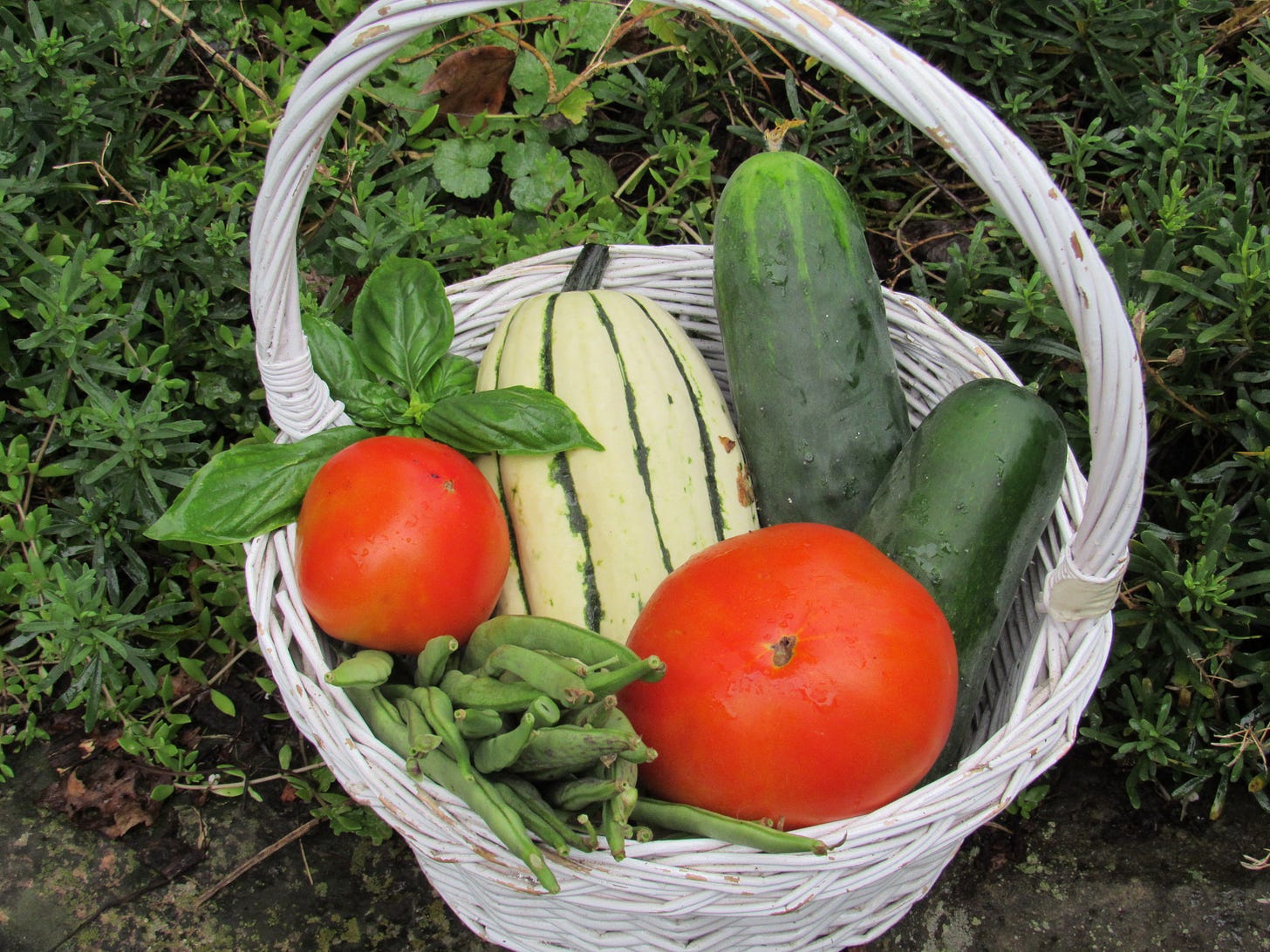
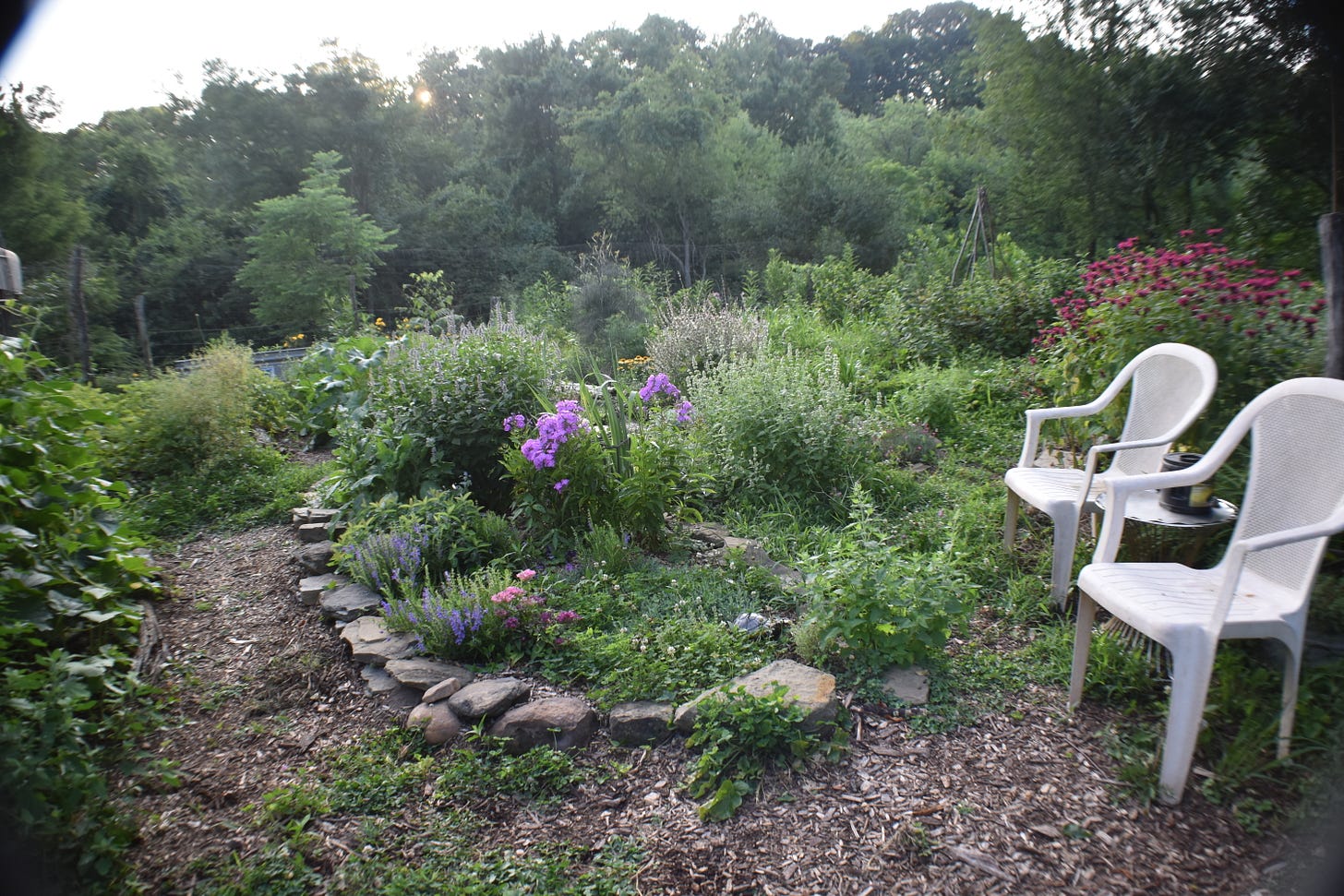
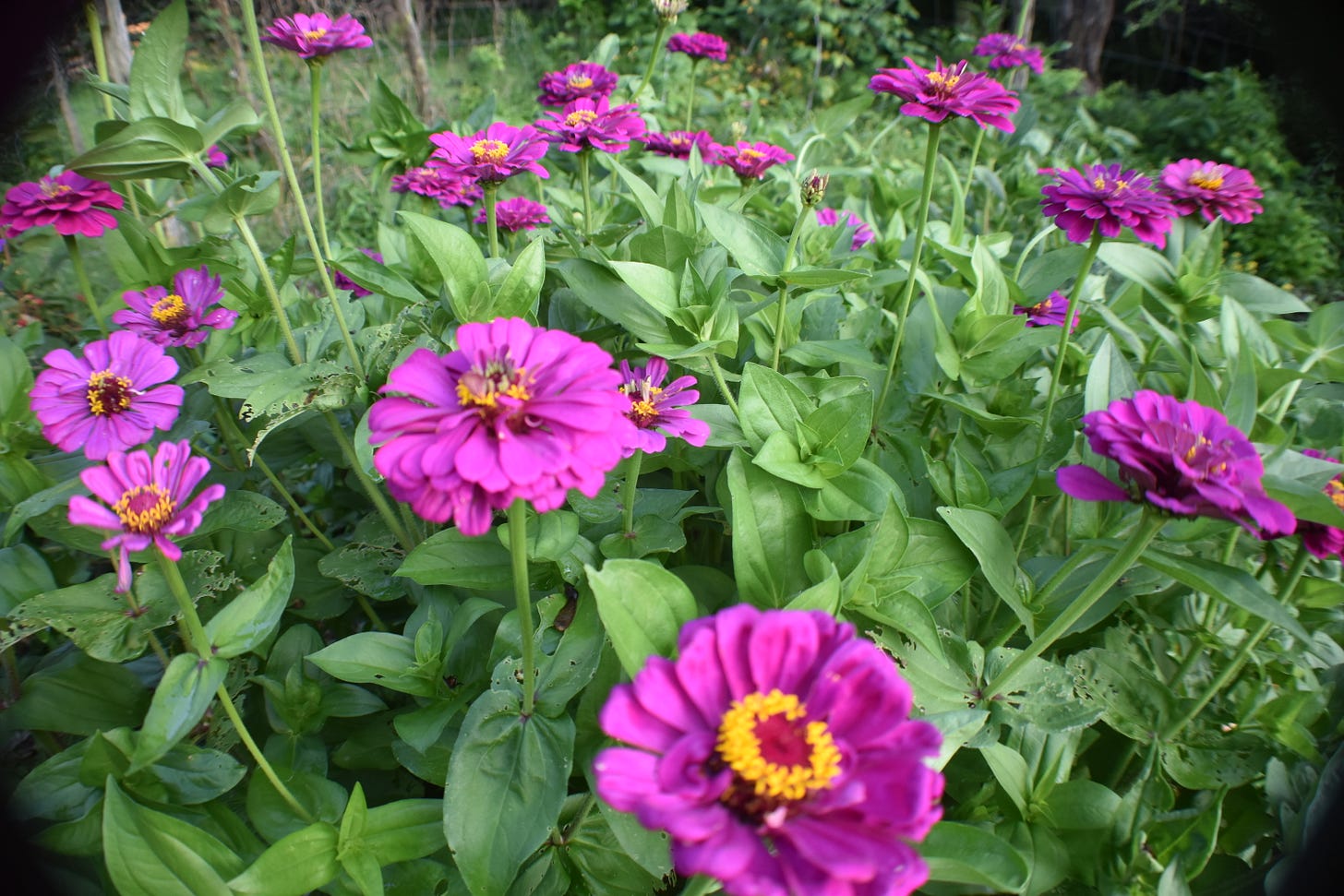
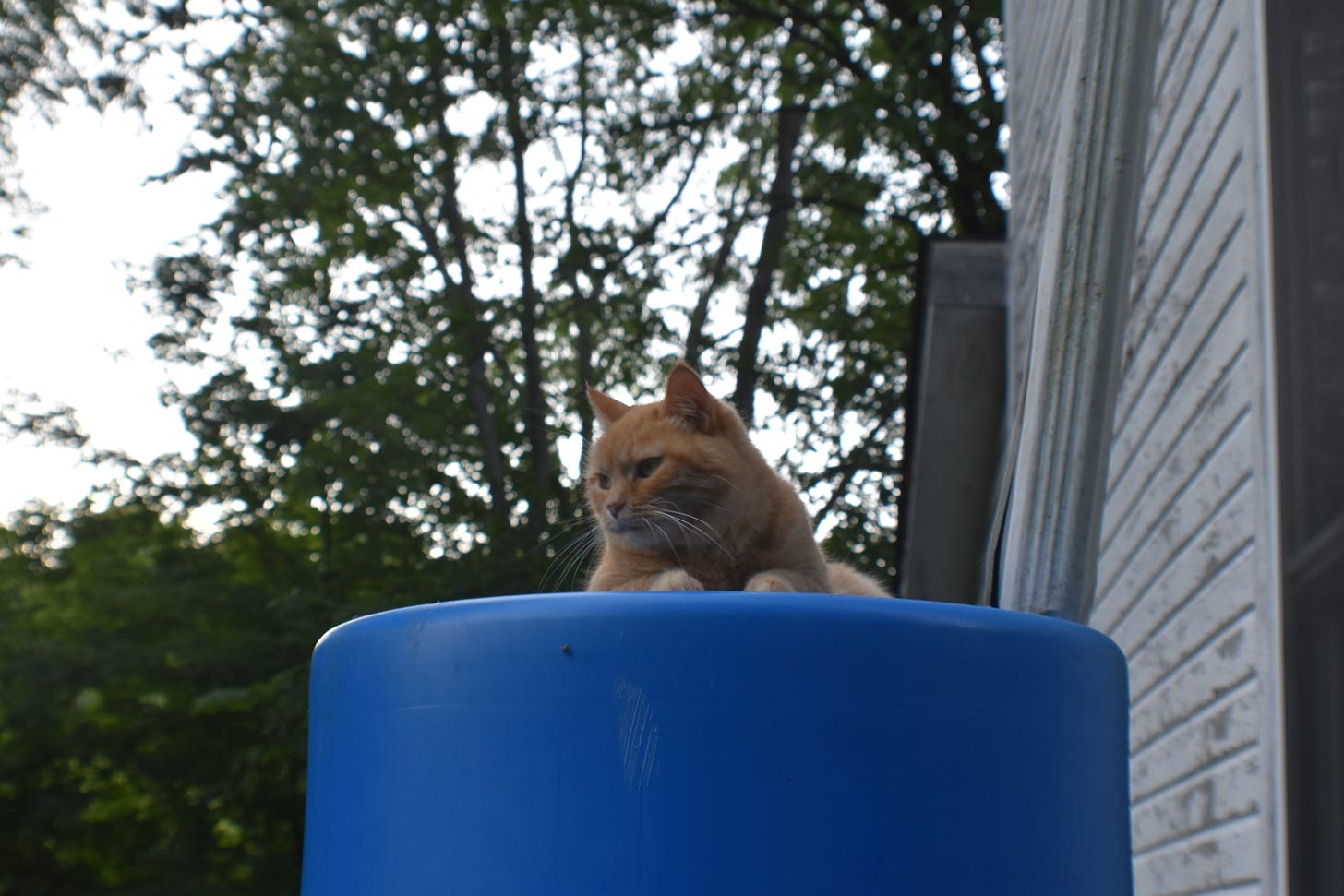
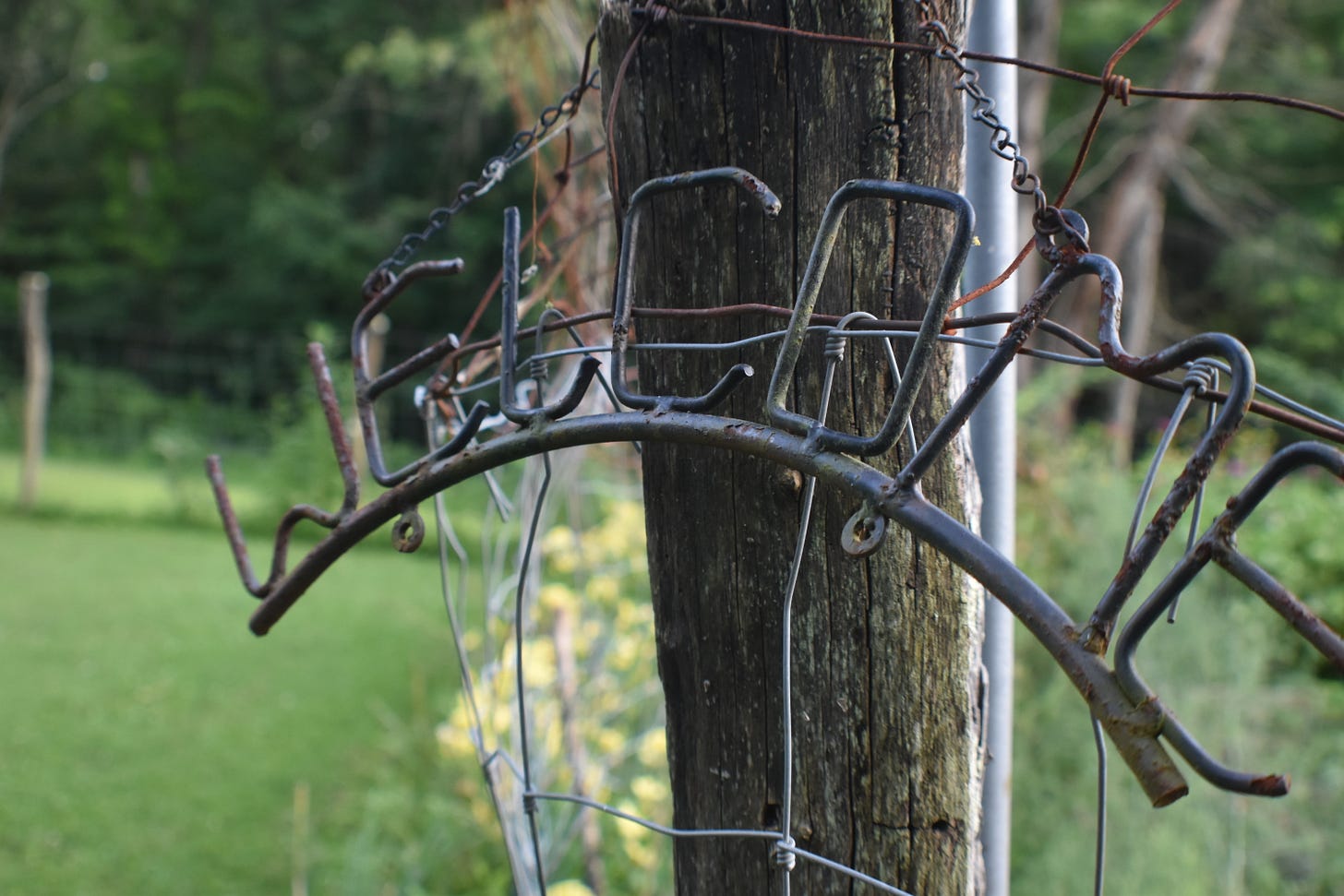
Thanks for sharing the article Lynn. I also like what you write about unlearning and motherhood.
Re: motherhood as a map, i recently joined the group giving public comment to the US delegation for the amendments to the international health regulations and to make the point that ‘equal access to health technology and Knowhow’ wasn’t always good and that people needed a corresponding right to equal protection FROM health tech and know how, used the spread of c-sections and formula as the example.
I saw this on ecosophia today, the comment of ‘methylethyl’ on planned cities and it also jives w your piece
@Anonymous: re: planned capitals: I don’t know about the feng shui aspects, but I strongly suspect that by the time people get around to installing a planned capital city… one problem is that all the good spots have already been taken. Pick a place that doesn’t have a city in it already, or worse, commandeer and existing community small enough that it can’t fight you and then bulldoze it and re-route all its roads… you’re asking for trouble, no?
I mean, think about how cities evolve naturally– a village here, a hamlet and a farmtown there, a couple roads that run between them– not drawn with a straightedge on a map, but following waterways, valleys, game trails, donkey tracks, two-rut wagon roads. Look at any map of an *old* city, and it’s not grids or neat wagon-wheels, it’s nodes connected by spiderwebs. Why do five or six roads converge on that square, that plaza? Because it was a good spot. It’s where living things wanted to go. The path had been worn very deep before anybody thought to pave the road. When a city grows this way, it follows the currents, energies, and landscape that already exist there. Not that urbanization is perfect or anything.
But when you go and *plan* a city, now you are imposing a bunch of arbitrary ideas on a landscape with nothing to recommend it for habitation, that probably has ideas of its own. Did anybody even *look* for the game trails and footpaths before they laid out the roads? No, they were too busy making it *tidy*. Serves them right.
https://www.ecosophia.net/beyond-thaumatophobia-2-the-night-forest/#comments